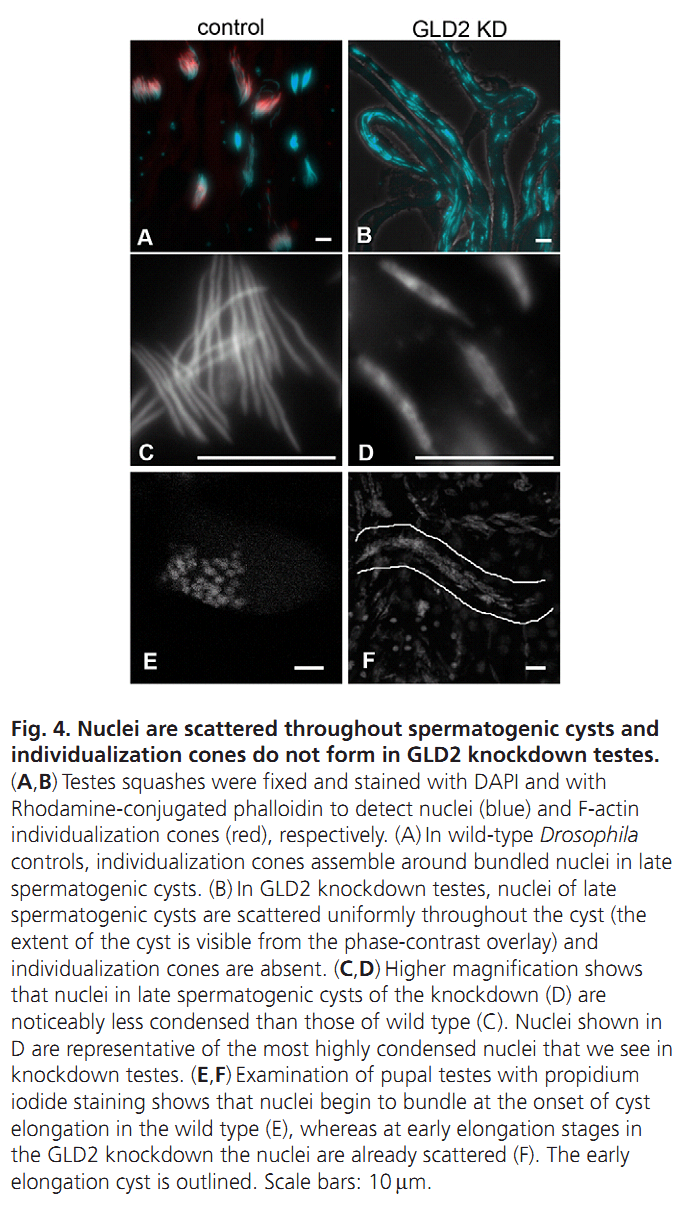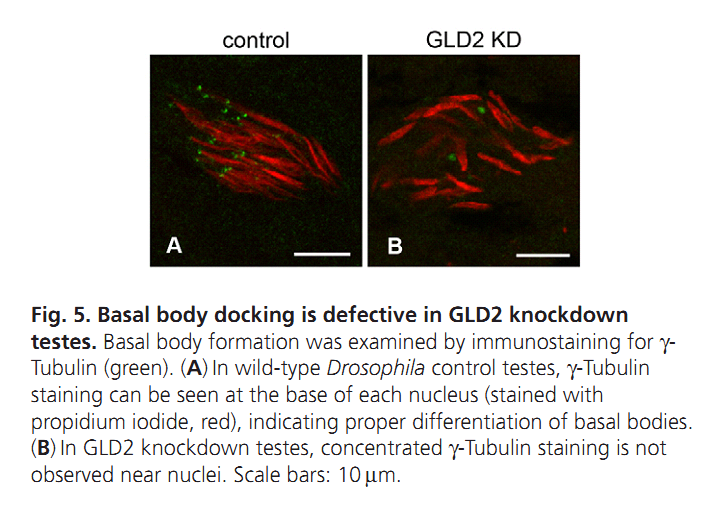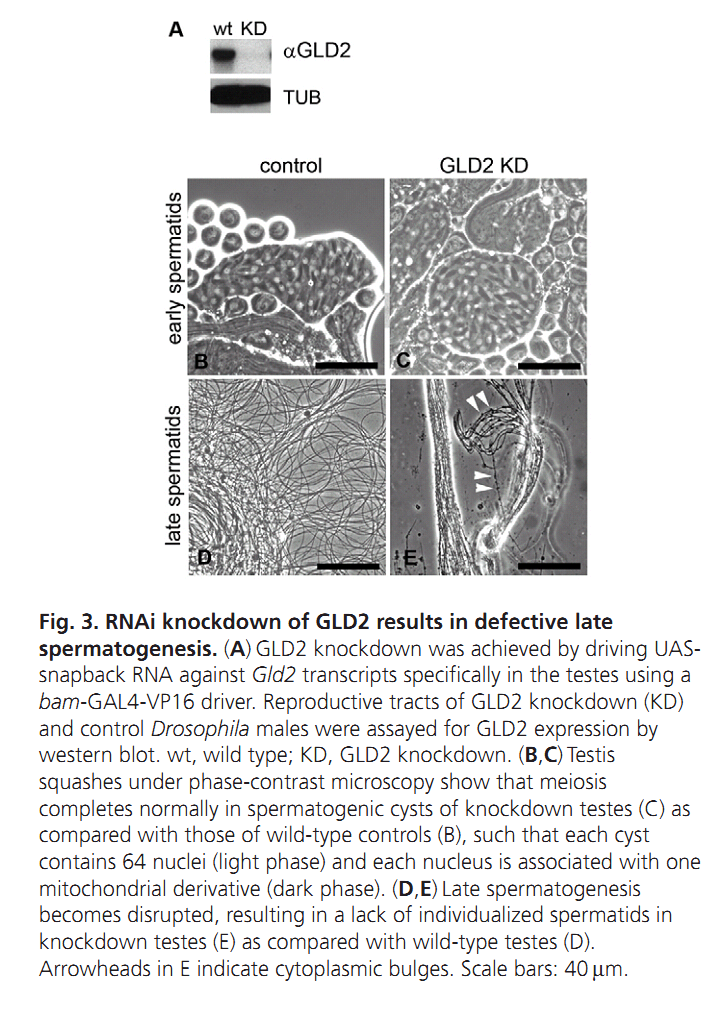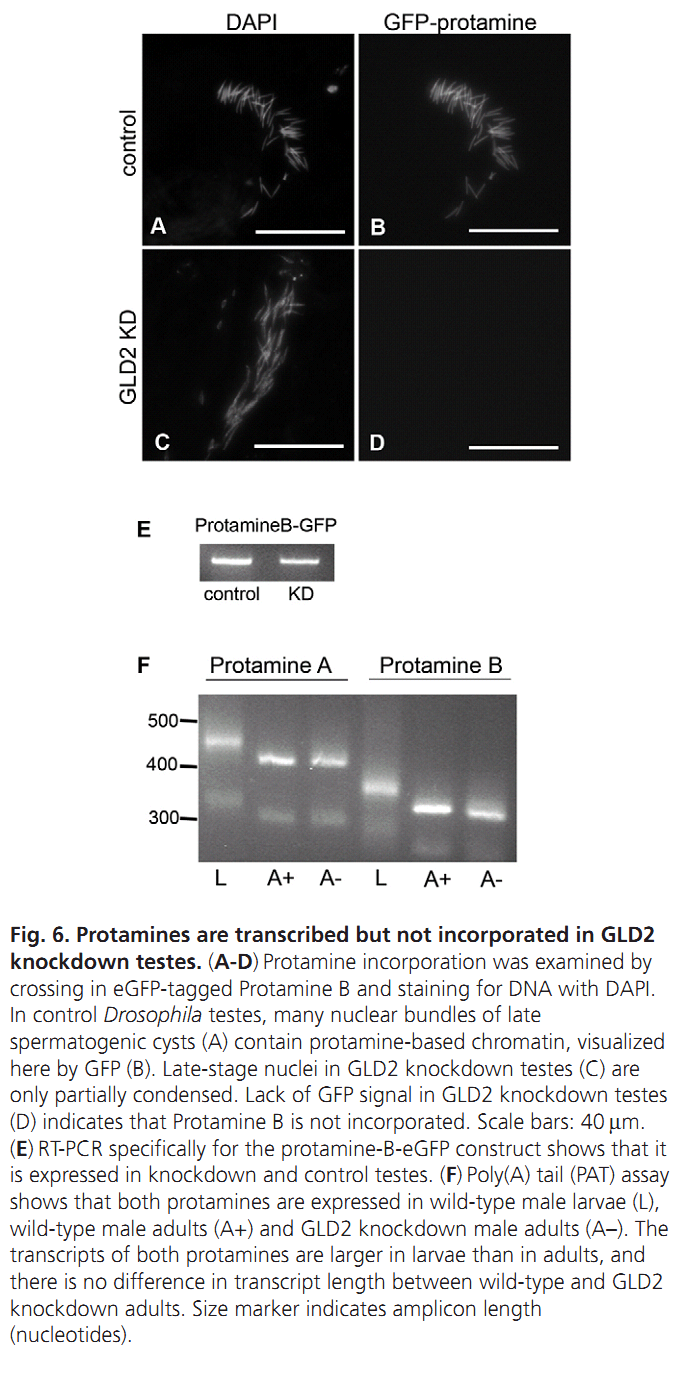| Tag | Content | |||||||||||||||||||||||||||||||||
|---|---|---|---|---|---|---|---|---|---|---|---|---|---|---|---|---|---|---|---|---|---|---|---|---|---|---|---|---|---|---|---|---|---|---|
SG ID |
SG00000302 |
|||||||||||||||||||||||||||||||||
UniProt Accession |
||||||||||||||||||||||||||||||||||
Theoretical PI |
6.81
|
|||||||||||||||||||||||||||||||||
Molecular Weight |
147592 Da
|
|||||||||||||||||||||||||||||||||
Genbank Nucleotide ID |
||||||||||||||||||||||||||||||||||
Genbank Protein ID |
||||||||||||||||||||||||||||||||||
Gene Name |
Gld2 |
|||||||||||||||||||||||||||||||||
Gene Synonyms/Alias |
ORFNames=CG5732 |
|||||||||||||||||||||||||||||||||
Protein Name |
Poly(A) RNA polymerase gld-2 homolog A |
|||||||||||||||||||||||||||||||||
Protein Synonyms/Alias |
DmGLD2EC=2.7.7.19 |
|||||||||||||||||||||||||||||||||
Organism |
Drosophila melanogaster (Fruit fly) |
|||||||||||||||||||||||||||||||||
NCBI Taxonomy ID |
7227 |
|||||||||||||||||||||||||||||||||
Chromosome Location |
|
|||||||||||||||||||||||||||||||||
Function in Stage |
||||||||||||||||||||||||||||||||||
Function in Cell Type |
||||||||||||||||||||||||||||||||||
Description |
Temporarily unavailable |
|||||||||||||||||||||||||||||||||
The information of related literatures |
1. C. V. Sartain, J. Cui, R. P. Meisel and M. F. Wolfner (2011) The poly(A) polymerase GLD2 is required for spermatogenesis in Drosophila melanogaster. Development 138(8): 1619-29. Abstract The DNA of a developing sperm is normally inaccessible for transcription for part of spermatogenesis in many animals. In Drosophila melanogaster, many transcripts needed for late spermatid differentiation are synthesized in pre-meiotic spermatocytes, but are not translated until later stages. Thus, post-transcriptional control mechanisms are required to decouple transcription and translation during spermatogenesis. In the female germline, developing germ cells accomplish similar decoupling through poly(A) tail alterations to ensure that dormant transcripts are not prematurely translated PMID: [21427144] Back to Top |
|||||||||||||||||||||||||||||||||
Figures for illustrating the function of this protein/gene |
|
|||||||||||||||||||||||||||||||||
Function |
Cytoplasmic poly(A) RNA polymerase that adds successiveAMP monomers to the 3'-end of specific RNAs, forming a poly(A)tail. In contrast to the canonical nuclear poly(A) RNA polymerase,it only adds poly(A) to selected cytoplasmic mRNAs. Required forformation of long term memory. Back to Top |
|||||||||||||||||||||||||||||||||
Subcellular Location |
Cytoplasm. Nucleus. Note=Found in neuronalcytoplasm, present in discrete neuronal particles associated withmRNA control, and in nuclear puncta. |
|||||||||||||||||||||||||||||||||
Tissue Specificity |
Expressed in the brain. |
|||||||||||||||||||||||||||||||||
Gene Ontology |
|
|||||||||||||||||||||||||||||||||
Interpro |
||||||||||||||||||||||||||||||||||
Pfam |
||||||||||||||||||||||||||||||||||
SMART |
||||||||||||||||||||||||||||||||||
PROSITE |
||||||||||||||||||||||||||||||||||
PRINTS |
||||||||||||||||||||||||||||||||||
Created Date |
18-Oct-2012 |
|||||||||||||||||||||||||||||||||
Record Type |
Experiment identified |
|||||||||||||||||||||||||||||||||
Protein sequence Annotation |
CHAIN 1 1364 Poly(A) RNA polymerase gld-2 homolog A. /FTId=PRO_0000341557. DOMAIN 1163 1224 PAP-associated. COMPBIAS 4 11 Poly-Ala. COMPBIAS 15 20 Poly-Ala. COMPBIAS 465 491 Ser-rich. COMPBIAS 599 645 Ala-rich. METAL 993 993 Magnesium or manganese; catalytic (By similarity). METAL 995 995 Magnesium or manganese; catalytic (By similarity). VAR_SEQ 881 1364 PEENNDDDELPLVVHNRYWREFFGYTPADRFLLRAKFVEMR RPPKVMGCKNKWDPLSLSVWKKFLESQQTRHVYKIKMRLWR AIYTVAMKNYPRYGLYLVGSSISYFGSKCSDMDICMLACTN PNIDSRMEAVYHLHVMKELLGRTNMFQDFNLIEARVPILRF TDRCHKVEVDINFNNSVGIRNTHLLYCYSQLDWRVRPMALT VKQWAQYHNINNAKNMTISSYSLMLMVIHFLQVGASPPVLP CLHNLYPEKFGLLQPNDFGYVDMNEVMAPYQSDNSQTLGDL LLSFLHYYSVFDYGKYAISIRVGGVLPIEVCRAATAPKNDI HQWNELCIEEPFDQTNTARSVYDTDTFERIKTIFVASYRRL DSTRNLSAIFEDYDGPTILMQQPSVDSEIELYEGQHHRLLP NRGSSRSNSAIPSPRPSILMVDKATTAIWDDINNKPDHPVL SHSNNYDATNECTGNGSLMGLKDNSVADKPPIA -> VGEL KNVLLNGQITKFISSKSYFFLSSVCLIVHFIRFTK (in isoform B). /FTId=VSP_034331. MUTAGEN 995 995 D->A: Destroys active site. CONFLICT 523 523 I -> V (in Ref. 3; AAM52588 and 4; ACH95257). CONFLICT 591 591 P -> A (in Ref. 3; AAM52588 and 4; ACH95257). CONFLICT 610 610 T -> TAA (in Ref. 3; AAM52588 and 4; ACH95257). CONFLICT 636 636 A -> T (in Ref. 3; AAM52588). Back to Top |
|||||||||||||||||||||||||||||||||
Nucleotide Sequence |
Length: 27905053 bp Go to nucleotide: FASTA |
|||||||||||||||||||||||||||||||||
Protein Sequence |
Length: 1364 bp Go to amino acid: FASTA |
|||||||||||||||||||||||||||||||||
The verified Protein-Protein interaction information |
||||||||||||||||||||||||||||||||||
Other Protein-Protein interaction resources |
String database |
|||||||||||||||||||||||||||||||||
View Microarray data |
Temporarily unavailable |
|||||||||||||||||||||||||||||||||
Comments |
||||||||||||||||||||||||||||||||||



